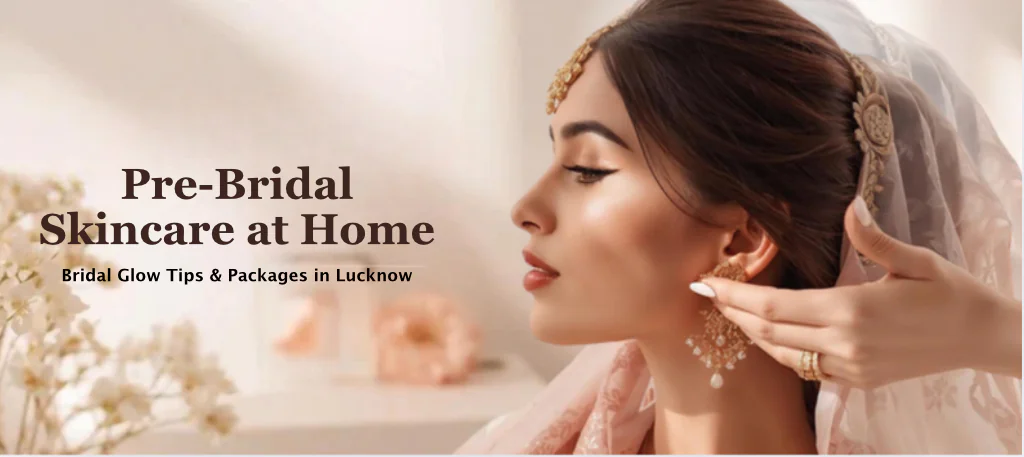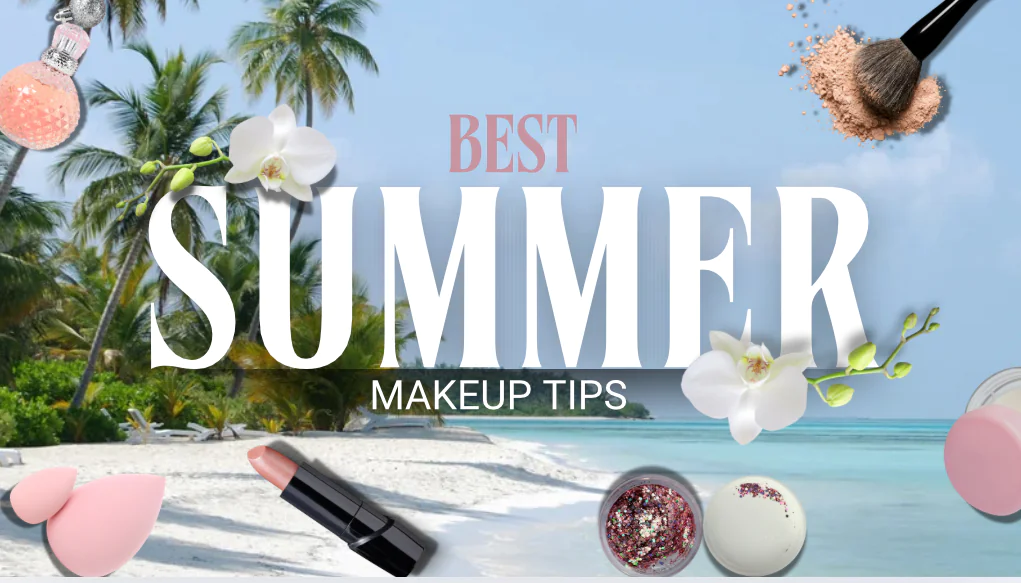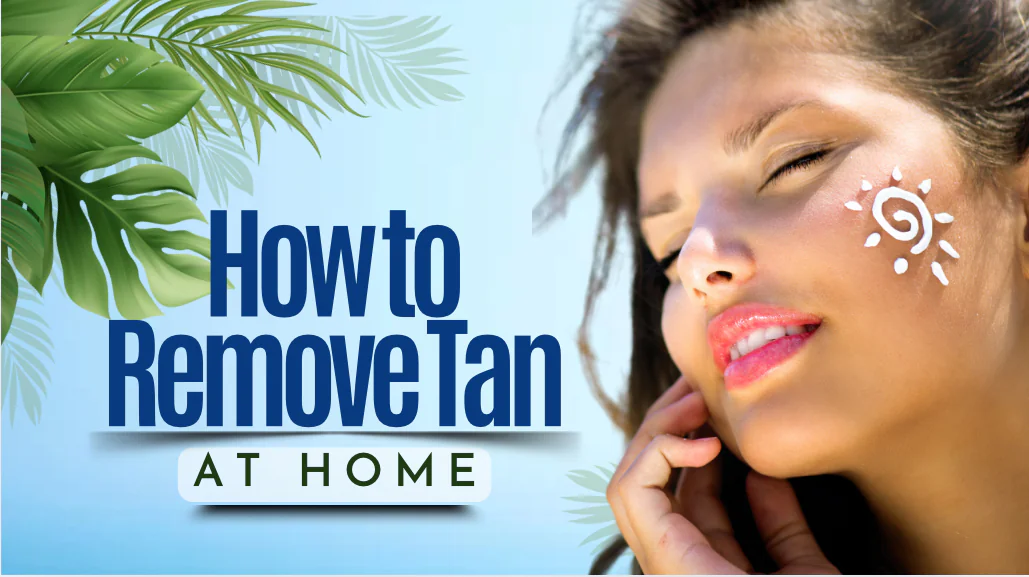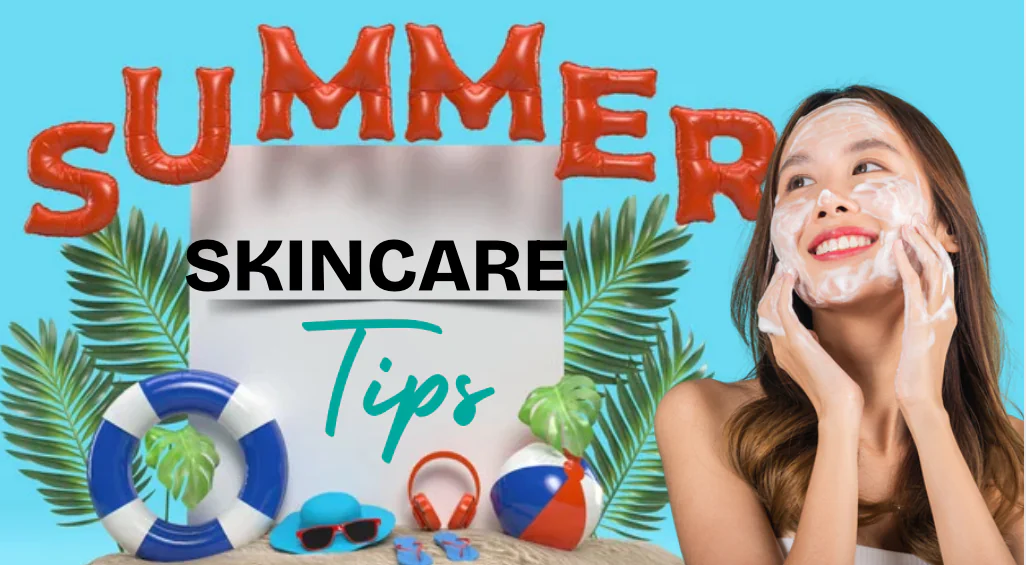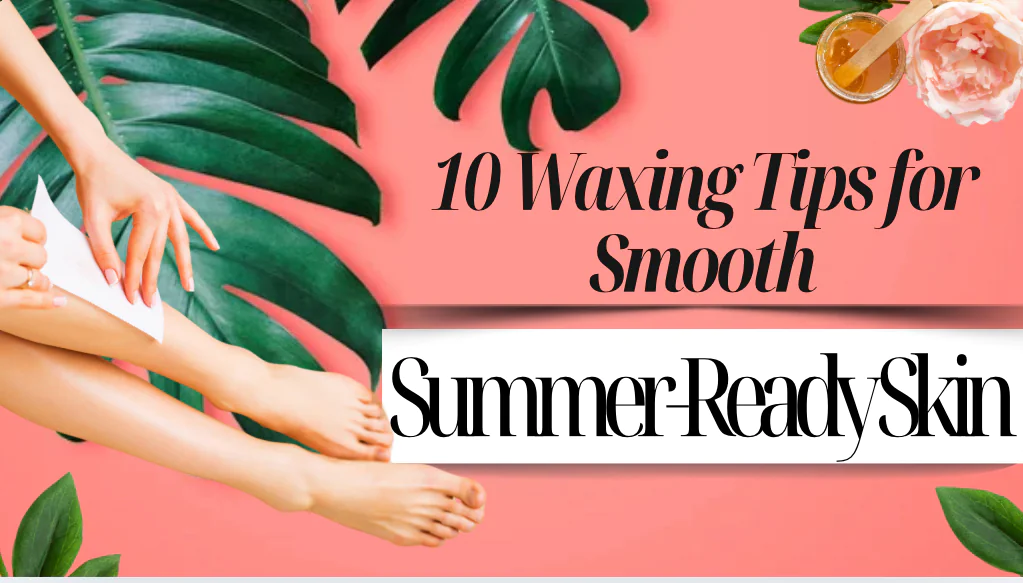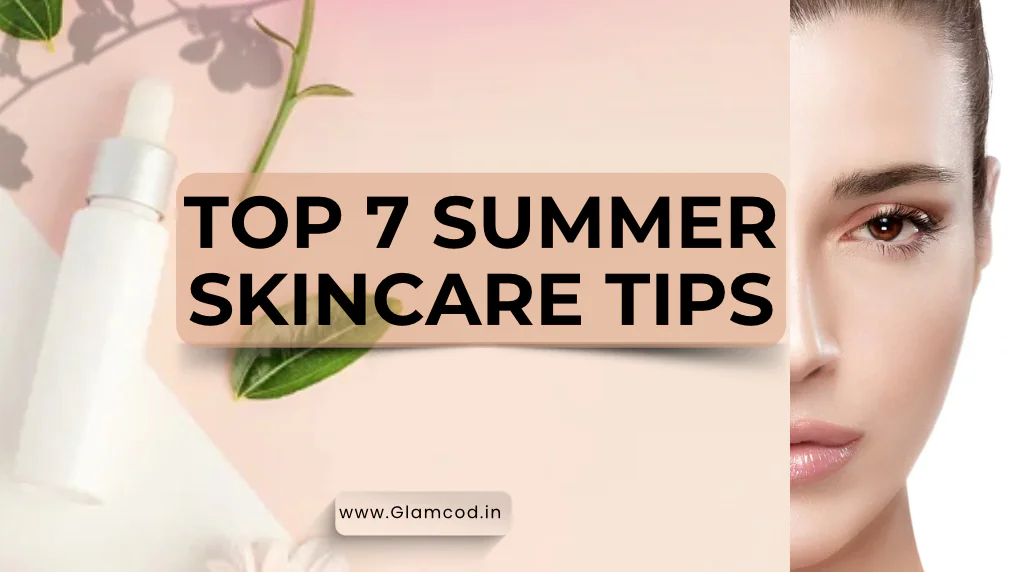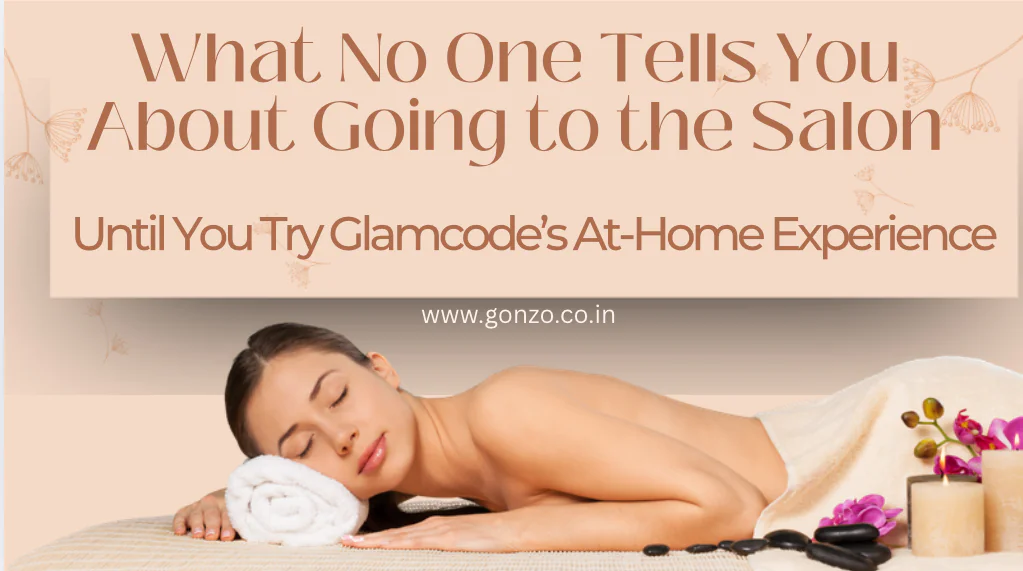
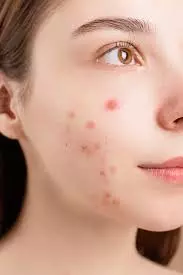
The best product to fight acne.

All acne manifests itself in different ways, which makes perfect sense when you consider a combination of factors - hygiene, hormones, genetics, etc. - that plays a role in your breakouts if you have acne-prone skin. But knowledge is power and having an idea of how each type of acne works can help you create the best defense (and attack) plan, plopping your head off the apparent skin curve...
Once you determine what condition you are dealing with, you will find different treatment options available to you. You'll want to figure out what types of acne ingredients and products will work most effectively to get rid of breakouts and prevent new ones from appearing.
You will also learn to manage the constellation of blackheads on your nose, plugging too much on your next face mask.
It is essential to keep in mind that not all purported acne formulations are effective against all types of acne, and certain skin types will require different variations in the procedure. Take care of their skin to kill acne effectively. Cystic acne may require a multi-pronged treatment consisting of over-the-counter retinoids (e.g., isotretinoin) and at-home products like those mentioned here. Meanwhile, frequent whiteheads along the T-zone or your hormonal breakouts may require a simple cocktail of tea tree, alpha hydroxy acid (AHA), eta-hydroxy acid (BHA, for example, salicylic acid) - all of which can be easily obtained at your nearest pharmacy. Sensitive skin types may want to use ingredients like AHAs intermittently to avoid further skin irritation.
If you experience bumming on every occasion you've got an apple breakout because not anything in your restroom cupboard appears to maintain the acne at bay, you're now no longer alone. Adult pimples are surprisingly not an unusual place, affecting 40-54% of humans over 25. And yet, as not a unique place because it is, each person's pores and skin responds differently to distinct treatments. That face-wash your buddy swears through can also depart your pores and skin feeling dryer than you'll like, even as that cream you noticed humans raving approximately on TV would not pretty zap your zits.
Overall, the look for suitable pimples-clearing merchandise may be complex and, at times, undoubtedly frustrating. One of the keys to efficiently dealing with your pimples is attending to why your acne pops up in the first place. Must read our blog post skin care guide in winter for you.
What are the reasons for acne?
Acne is a situation that manifests each time your secondary hair follicles get all blocked up through both extra oil, useless pores and skin cells, microorganisms, or irritation in step with dermatologists at the Mayo Clinic. What consequences is a breakout that could display as whiteheads, blackheads, acne, or all the above?
Dead pores and skin, oil, and micro organism increase can occur for some reasons, like... turnover rate. For a few pores and skin types, useless pores and skin doesn't shed as without difficulty while it's time for them to go, in step with specialists from Harvard Health. Instead, those pores and skin cells can clog your hair follicles and save you from secreting sebum (the oil that makes your pores and skin quality and supple), in addition to microorganisms that motivate infection.
Overproduction of oil.
This can arise while you wash your face too much, don't use enough (or the proper moisturizer), or stay in a warm or humid environment. Your body's herbal oil manufacturing may even be encouraged through your genes.
Hormone fluctuations.
The converting ranges of estrogen and progesterone in menstrual cycles or the menopause transition can also motivate your pores and skin to ramp their oil manufacturing. Must read about blackheads to fight them

Heavy or greasy private merchandise.
Certain lotions, make,-up, and hair pomades available in touch with pimples-inclined pores and skin can also contribute to breakouts.
A few studies are accessible that assert that positive meals could worsen pimples. But which meals might be triggering or valuable for you is challenging to mention considering there's no consensus on particular nutritional regulations or suggestions.
Recommended natural products
Tea tree oil
a natural antiseptic, a couple of drops of pure oil can be added to your daily moisturizer to control breakouts, or you can apply it directly onto your pimples to dry them out.
Aloe –
apply fresh aloe to reduce inflammation and redness.
Garlic – press fresh sliced garlic onto the skin to kill pimple-causing bacteria.
Lemon juice – naturally antibacterial and astringent; leave freshly squeezed lemon juice on the skin for 15 minutes.
Cleansers for Acne-Prone Skin
The best acne treatment solutions usually include the active ingredients salicylic acid and benzoyl peroxide. Salicylic acid works by clearing away dead skin cells from the surface of the skin and opening pores. Benzoyl peroxide is used for its bacteria-fighting powers and its stimulating effect on skin turnover. When choosing a cleanser, it is essential to look for calming ingredients such as lavender or aloe extract to treat any dryness or irritation from using these potent acne-fighting ingredients.
On-the-Spot Solutions for Breakouts
Acne spot treatments frequently contain higher concentrations of salicylic acid and are applied directly to pimples that have already emerged. They can decrease redness, significantly reduce the size of blemishes, or even get rid of them overnight. Since these are pretty powerful, it is best not to use them too often, as they may dry out the skin and cause peeling. However, they are a very effective way of getting rid of acne.
Makeup to Conceal Acne:
Sometimes a pimple can pop up, and you need to cover it in a hurry – concealers can do wonders to hide blemishes. First, find an oil-free, non-comedogenic concealer that matches your skin tone. If your acne is red, you should apply a corrector in green to neutralize the redness before putting on concealer. Use a makeup brush to apply concealer so that you don't transfer oil or bacteria from your hands to your face. You can then lay your regular foundation.


